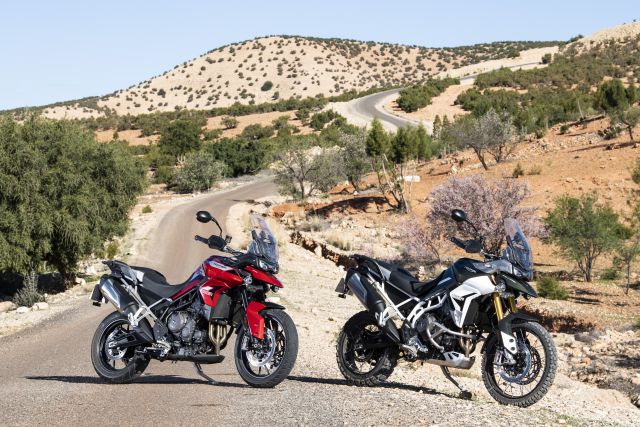
There’s no doubt about the fact that Triumph’s Tigers have led adventure bike sales over the last few years, as two-wheeled off-road exploration has been gaining popularity in the subcontinent. With more and more players vying for a slice of this growing pie, Triumph have updated the middleweight Tiger 800 for 2020 with a larger engine, smaller dimensions, better technology and a whole lot of rideability. We recently travelled to Morocco to figure out what all the fuss over the new Tiger 900 was about, and here’s all that you need to know about Triumph’s new big cat.
The road-going XR line is now the GT line, and the off-road-biased XC line is now called the Rally line
Triumph have introduced two new variants of the Tiger 900 to replace the existing models, however the nomenclature has changed. At the top of the road-going range sits the Triumph Tiger 900 GT Pro, which now gets a fully-adjustable 45-mm Marzocchi USD fork with 180 mm of travel and an electronically-adjustable Marzocchi monoshock with 170 mm of travel that replace the Showa units on last year’s bike.
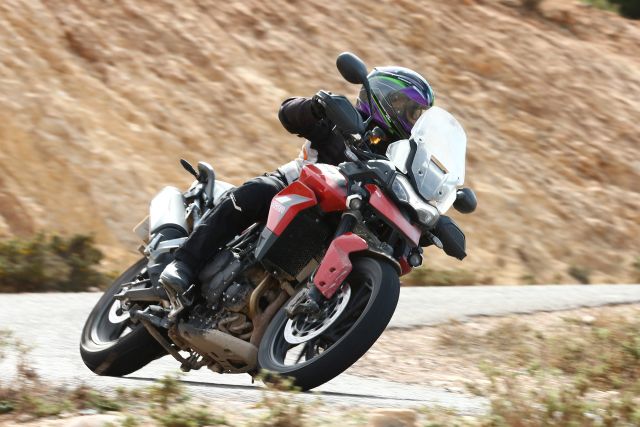
Showa instead supplies the long-travel suspension on the top-spec Rally Pro, replacing last year’s WP units with a fully-adjustable 45 mm USD fork with 240 mm of travel, and a monoshock at the rear with 230 mm of travel. The GT Pro also runs on 19- and 17-inch wheels, while the Rally Pro gets 21- and 17-inch cross-laced spoked wheels which now accept tubeless tyres.
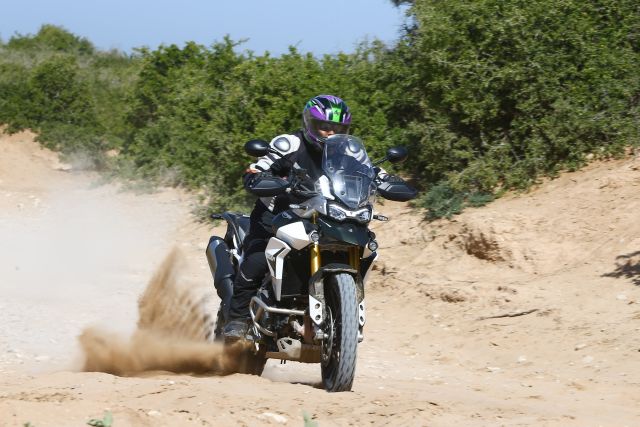
The engine may have gained 88 cc, but that’s not all
The increase in capacity from 800 to 888 cc has been achieved by a 4-mm increase in bore diameter, primarily to offset any power losses caused by Euro 5 compliance. The new Triumph Tiger 900 continues to pump out 95 horsepower, which now peaks at 8,750 rpm rather than the outgoing bike’s 9,500 rpm, however the big news is how Triumph have reworked the motor’s firing order to change torque characteristics, for better rideability at low revs. While the Tiger 800 motor featured 120-degee crankpin offsets, uniform 240-degree firing intervals, an even 1-2-3 firing order and that silky-smooth engine note, the Triumph Tiger 900 motor gets what Triumph is calling the world’s first T-plane crankshaft, with the journals offset by 90 degrees and an uneven 1-3-2 firing order.
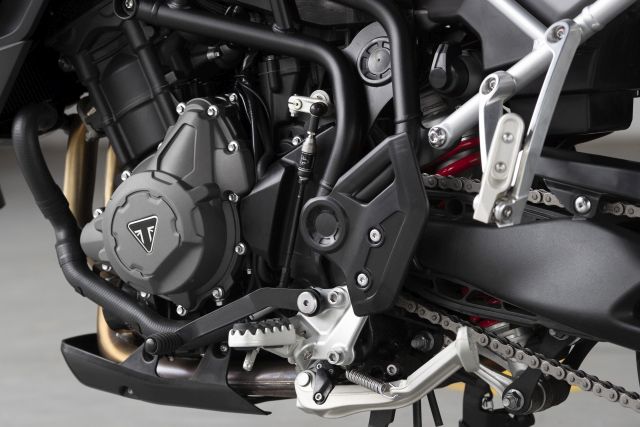
The result is a 180-degree firing interval between cylinders 1 and 3, followed by a 270-degree interval between cylinders 3 and 2, and another 270-degree interval between cylinders 2 and 1. This uneven firing order achieves more spaced out ignition pulses that imbibes the new Triumph Tiger 900 motor with a gruff, loping exhaust note and much more tractable throttle response at low revs, giving the rider better control when tackling the rough stuff. The new engine architecture has also contributed to a more robust torque curve through the rev range, with 87 Nm of peak twist coming about at 7,250 rpm. The engine is also tilted forward in the frame and positioned lower, for better overall weight distribution.
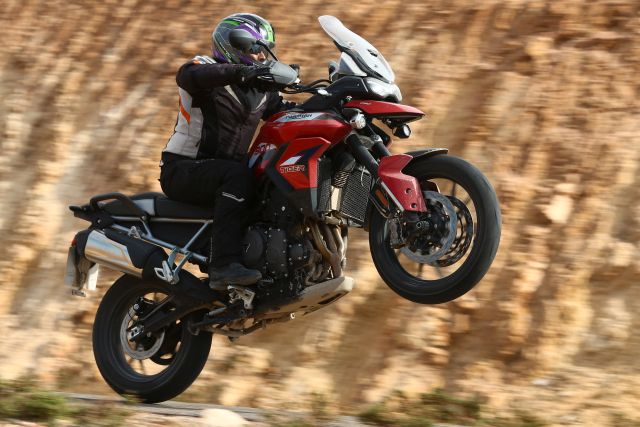
The engine isn’t all that’s improved, the frame is all-new too!
Although the design looks similar, the Triumph Tiger 900’s steel trellis frame has been reworked from the ground up, and now gets a bolt-on aluminium subframe to save weight. This also allows for damaged subframes to be replaced, without the need to change the entire chassis. The frame is much narrower than before, aiding reach to the ground, and helps the new Tiger 900 feel slimmer and more compact, aiding control and manageability when standing up on the pegs and riding off-road. The rider triangle has also been refined for more comfort over long hauls.

The 2020 Triumph Tiger 900 gets a massive TFT screen and the next-generation electronics package
The new Tigers are endowed with the biggest screen I have seen on a motorcycle to date, loaded with customisability options. The info-packed seven-inch dash can look a little cluttered at times, and I would have loved a clearer tachometer that could be read at a glance. A six-axis IMU is at the core of the Triumph Tiger 900’s suite of safety aids, adding lean and slide sensitivity to the ABS and traction control systems. You can choose between Rain, Road, Sport, Off Road and a customisable Rider mode on either bike, while the Rally Pro gets an additional Off Road Pro mode that switches all the safety systems off. The two-way quickshifter works extremely well at all revs and rounds out the electronics package.
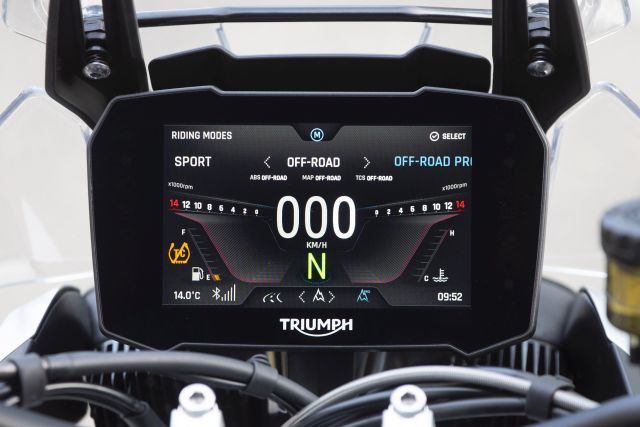
Both these completely new bikes have managed to retain the DNA and abilities of their predecessors, while getting better at what they do
The Tiger 900 GT Pro is an as good or better road bike than the XRx that it replaces, while feeling a lot more capable than before on the rough stuff. The off-road biased XCa was always a capable road bike and the Rally Pro retains this, while feeling a lot lighter and manageable in the dirt thanks to the refined weight distribution and slimmer profile. Both bikes are definitely a step up from the outgoing models, and you can read the detailed ride review in the April issue of Bike India.



Leave a Reply